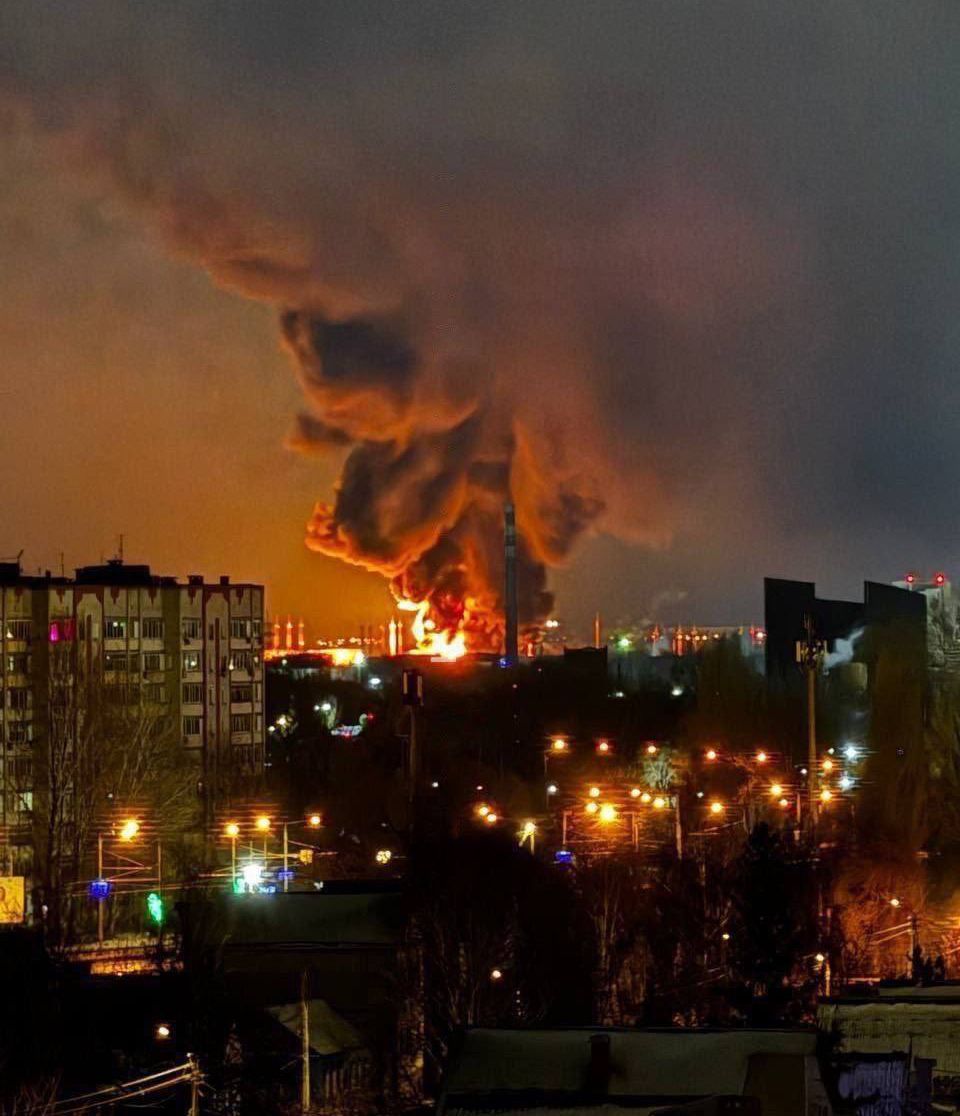Kyiv/Moscow, June 1: As the world watches and hopes for peace, the war between Ukraine and Russia took a dramatic turn this Sunday. Ukraine claimed responsibility for what may be its most far-reaching and impactful drone operation yet—targeting over three dozen Russian strategic aviation assets deep inside Russian territory, stretching from Siberia to the far north of Murmansk.
This bold move came just a day before a new round of peace talks is set to begin in Istanbul, and as discussions grow among European nations about loosening restrictions on Kyiv’s use of long-range weapons.
Ukraine’s security service (SBU) described the operation as a “large-scale special operation” focused on destroying Russia’s bomber fleet. In a strongly worded statement, the SBU said, “Enemy strategic bombers are burning en masse in Russia.” The message, filled with both defiance and purpose, underlines the high stakes and emotional intensity behind Ukraine’s campaign.
Visuals shared online—still unverified but widely circulated—show what appear to be drone attacks at Belaya airbase in Irkutsk, Siberia, a location thousands of kilometers from the Ukrainian border. It’s the first such reported strike in Siberia, signaling a shift in how far Ukraine is willing and able to project its reach.
Local Russian authorities have responded with caution. Irkutsk Governor Igor Kobzev confirmed that several drones had struck near the settlement of Sredny, not far from the serene and historic Lake Baikal. One drone reportedly hit an abandoned building, and the launch site—believed to be a small truck—has been “blocked,” according to Kobzev. He emphasized that no civilians were harmed and that emergency teams were on the scene.
Though Kobzev did not directly blame Ukraine, both Russian and Ukrainian outlets point to Kyiv as the orchestrator of the attack. In Murmansk, officials reported a similar drone strike, though they have yet to release details.
This wave of attacks underscores a stark reality: even as talks of peace resume, the battlefield remains active, and tensions remain dangerously high. For the people on both sides—those living near military installations, and those who have lost sleep, loved ones, or homes—the human cost continues to rise. As international mediators prepare for the Istanbul talks, many hope the voices of reason will finally outshine the sound of drones.








